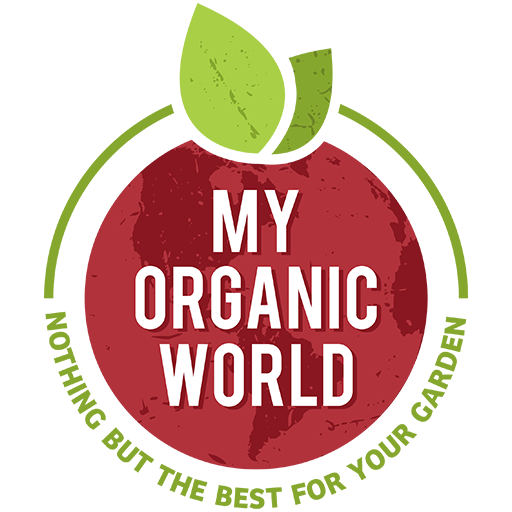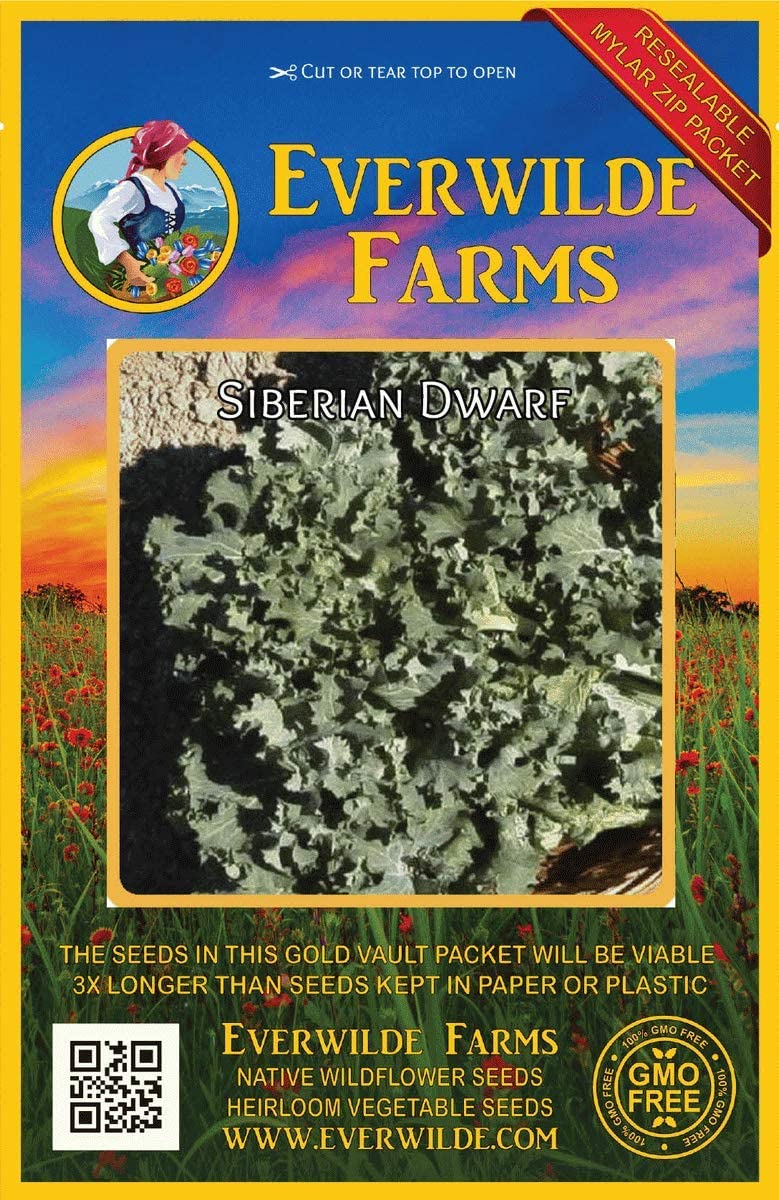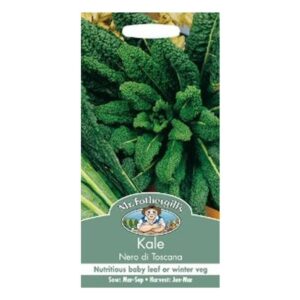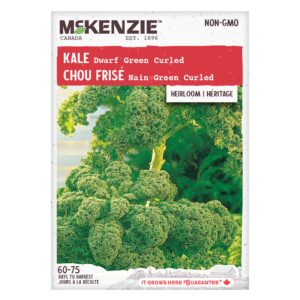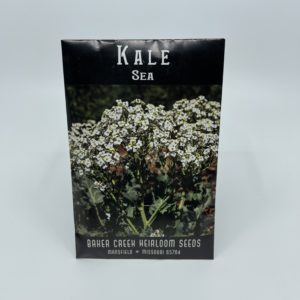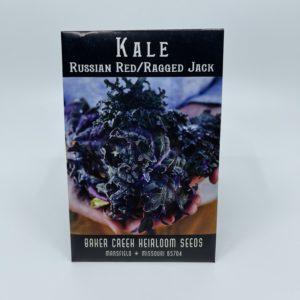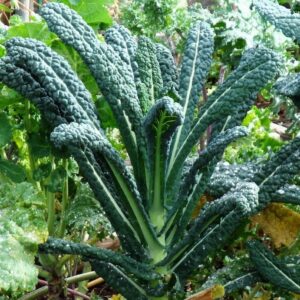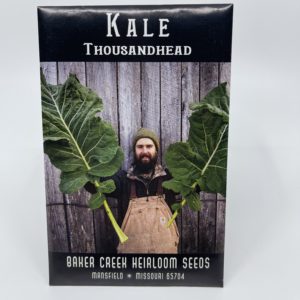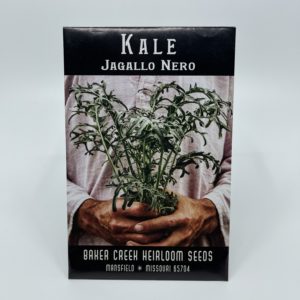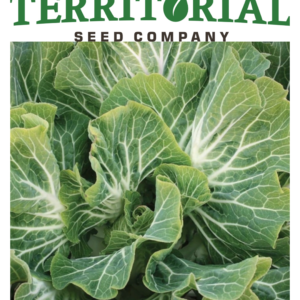SIBERIAN DWARF KALE
2,000 د.ك
Technically a form of leafy non-heading cabbage, kale has been traced to ancient Greek and Roman civilizations. Early forms of this plant probably came from in Asia Minor or the Mediterranean region, though it is such an ancient plant no one can be sure of its origin. The first recorded mention of kale in America comes from a 1669 publication; European influence probably brought kale to America. Though kale is still a relatively minor crop in the States, it thrives in European kitchen gardens. Dwarf Siberian in particular comes from the Russian strain of heirloom kale.
Sowing: Since kale thrives in cool weather and sweetens with frost, it grows best as a fall crop. For an earlier crop in areas with a cool summer, sow Dwarf Siberian kale seeds in early spring; plant three seeds in a cluster, 1/2″ deep and 16-18″ apart in rows 2-3′ apart. Thin the clusters to the strongest plant when the seedlings emerge. Kale appreciate very rich, moist soil that drains well, since they taste best when allowed to grow quickly. For a fall crop, plant Dwarf Siberian kale seeds in the same way about three months before the first expected frost. For companion planting benefits, plant kale with cabbage or potatoes.
Growing: Keep weeds controlled and conserve moisture by applying mulch. Keep the soil evenly moist, but stop watering after the first frost.
Harvesting: Harvest baby leaves as soon as they grow big enough for salad; harvest bigger leaves as needed. Use a scissors or a knife to cut the leaves, to avoid tearing the stems. To harvest the entire plant, cut it off an inch above ground level. To make the fresh leaves last longer in the fridge, dip the stems in water after cutting them; they should stay fresh for up to a month. Kale also freezes well. Expect to harvest well after frost, since most varieties of kale can survive freezing temperatures.
Seed Saving: Since kale will cross pollinate with other members of the cabbage family such as broccoli, cauliflower, and collards, be sure to isolate it to preserve genetic purity. Kale must overwinter before producing seed; since it survives cold well, a thick layer of mulch should protect it sufficiently even in colder climates. In the spring, allow it to flower and go to seed. Some of the leaves can still be harvested for eating without damaging the seed development. The tall stalk will develop pods that ripen from the bottom up; wait until the pods turn light brown before harvesting them. Another method is to pull the entire plant when most of the pods have turned brown, and hang it upside down in a warm, dry place. Thresh the seeds by crushing the pods and sifting out the chaff. Store Dwarf Siberian kale seeds in a cool, dry place for up to 4 years
Latin Name: Brassica oleracea
Type: Open Pollinated, Heirloom, Cool Season
USDA Zones: 3, 4, 5, 6, 7, 8, 9, 10, 11, 12
Seeds per Ounce: 7,500
Planting Method: Direct Sow
Sunlight: Full Sun
Height: 14 Inches
Color: Green
غير متوفر في المخزون
